Elektor Lab Notes 24: PCB Prototyping, Optical Sensors, and More
on

Jean-François Simon (Engineer, Elektor)
Back from Embedded World 2025: I had the opportunity to attend, along with my Elektor colleagues, the Embedded World 2025 trade fair in Nuremberg. With around 1,200 exhibitors spread across 7 halls, it’s fair to say it was easy to get lost. In addition to the usual major semiconductor manufacturers with their enormous booths, many smaller companies were also present to showcase their innovations. Let us know in the comments which ones you discovered. It would be impossible to list everything of interest here. Just to mention one example, I attended a pleasant presentation by LPKF, which highlighted the advantages of in-house prototyping and showcased their laser PCB machining solutions — ideal for quickly testing or developing proof-of-concept boards using compact (albeit a bit expensive) equipment.
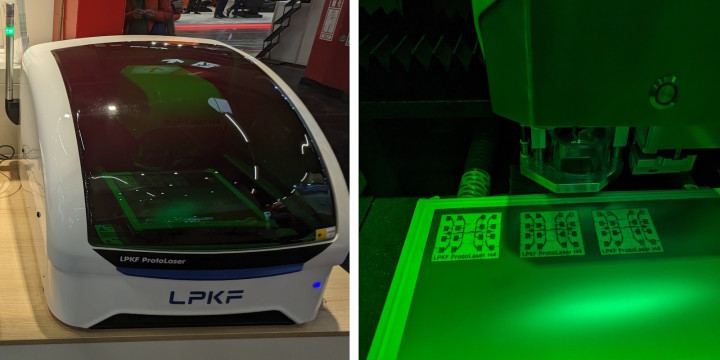
Classic Analog Sensors: While tidying up my stuff, I came across a device I had recovered from industrial scrap and kept “for later.” It's a supposedly defective edge sensor manufactured by Erhardt-Leimer, model FR 0801, dating back a good twenty years. The sensor intrigued me: it’s used to control the lateral position of a conveyor belt, without the aid of a camera. It detects the edge of the belt and sends an analog output signal ranging from -8 V to +8 V depending on whether the belt shifts to one side or the other, with 0 V indicating the center position. The position accuracy is pretty good, with a resolution of about 0.3 mm!
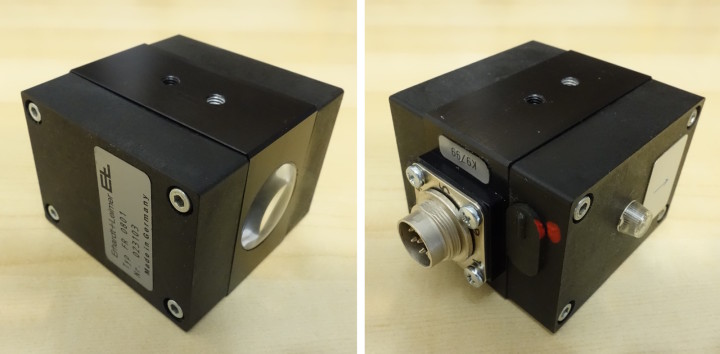
An infrared LED emits a beam through the front lens. This beam is reflected by an external reflector and re-enters the sensor through the same lens. The incoming beam is split in two by an optical system (a prism or two semi-transparent mirrors) and directed to two optical sensors, whose exact type was initially unknown to me. The accompanying circuitry uses vintage components: a TL082 op-amp, an LF356, a UA741, and finally a 2N6660 in a gorgeous TO-5 package. Clearly, no microcontrollers involved here.
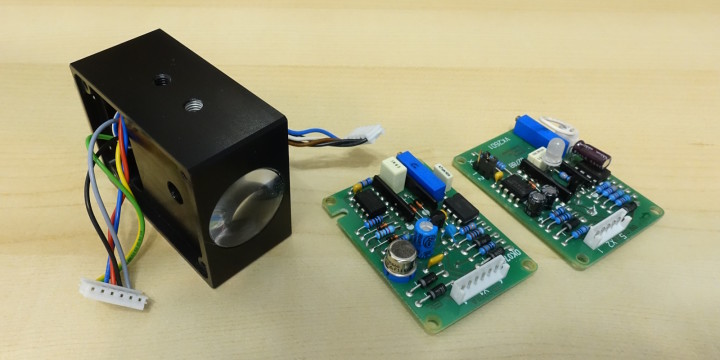
Strangely enough, I don’t have a conveyor belt at home, so I might need to find other uses for this thing. I had salvaged it purely for the educational challenge of attempting a repair. Alas! After testing it extensively on the bench with a mirror as a makeshift reflector, it turns out that the sensor works perfectly and detects the edge of my hand or any other object in the beam. What had especially caught my interest were the optical sensors which I’ve never seen before. After a quick bit of research, they’re very likely BPW34 photodiodes. These seem to be very popular, I’m glad I’ve discovered them now. Many intriguing experiments are possible with these components — for example, visualizing ambient light fluctuations or even using them as gamma ray detectors (also check out the second installment). There are also some interesting things to explore in the area of energy harvesting. With a few BPW34s, it’s possible to power a microcontroller for a few microseconds or make an LED blink without a battery. What about your favorite photodiode-based projects? Tell us in the comments.
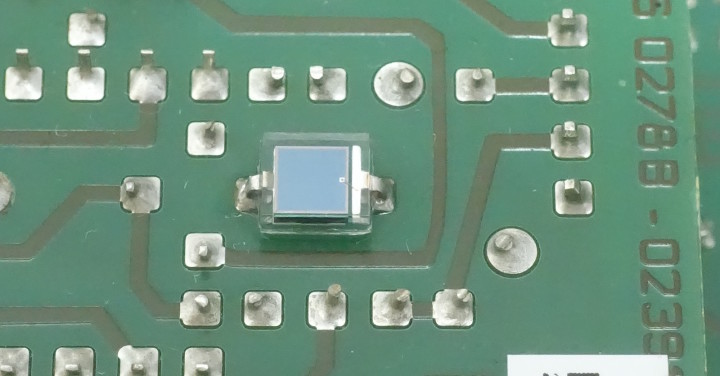
Roberto Armani (Senior Editor, Elektor)
How many times, in technical articles, have you read about Accuracy and Precision of a device? Many.But are you sure that these two definitions have always been used appropriately? Let's try to see if you're on the ball on this subject, with some simple questions.
- When we calibrate a measuring instrument, are we doing so to improve its accuracy, or precision, or both?
- When, with this same instrument, we perform a single measurement, can we define whether it is accurate or not?
- And whether it is precise?
- Is the graph in the picture below referring to a precise instrument?
If you were at all unsure in answering, then you must read the Precise or Accurate? article in the upcoming May/June issue of ElektorMag, which is mainly focused on Test & Measurement. Stay tuned!
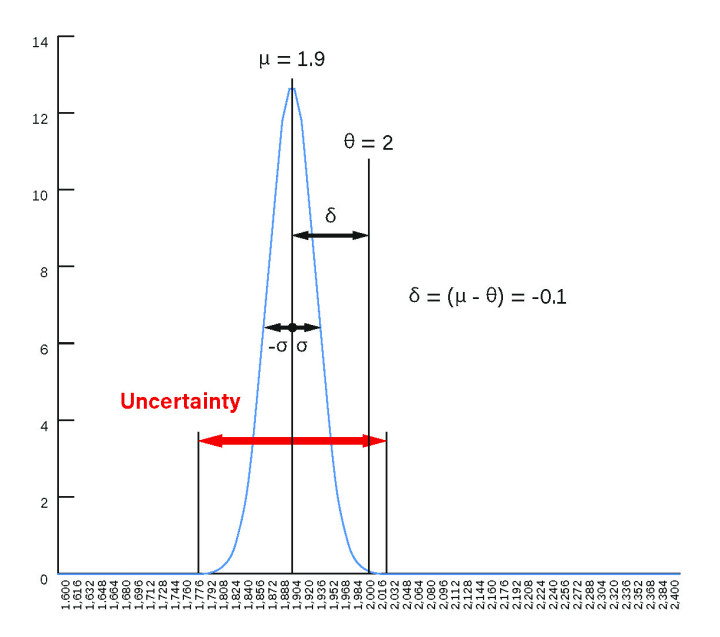





Discussion (0 comments)